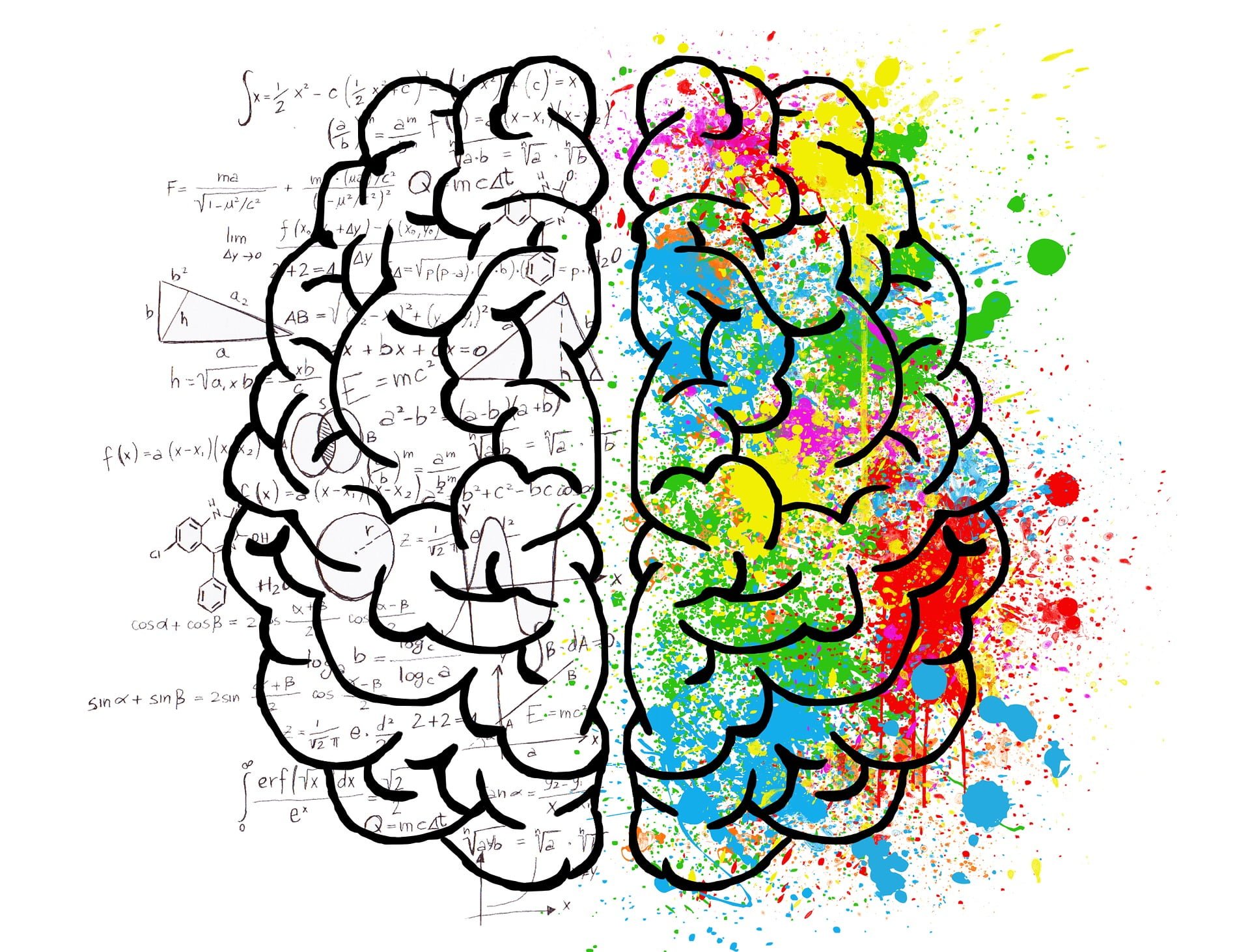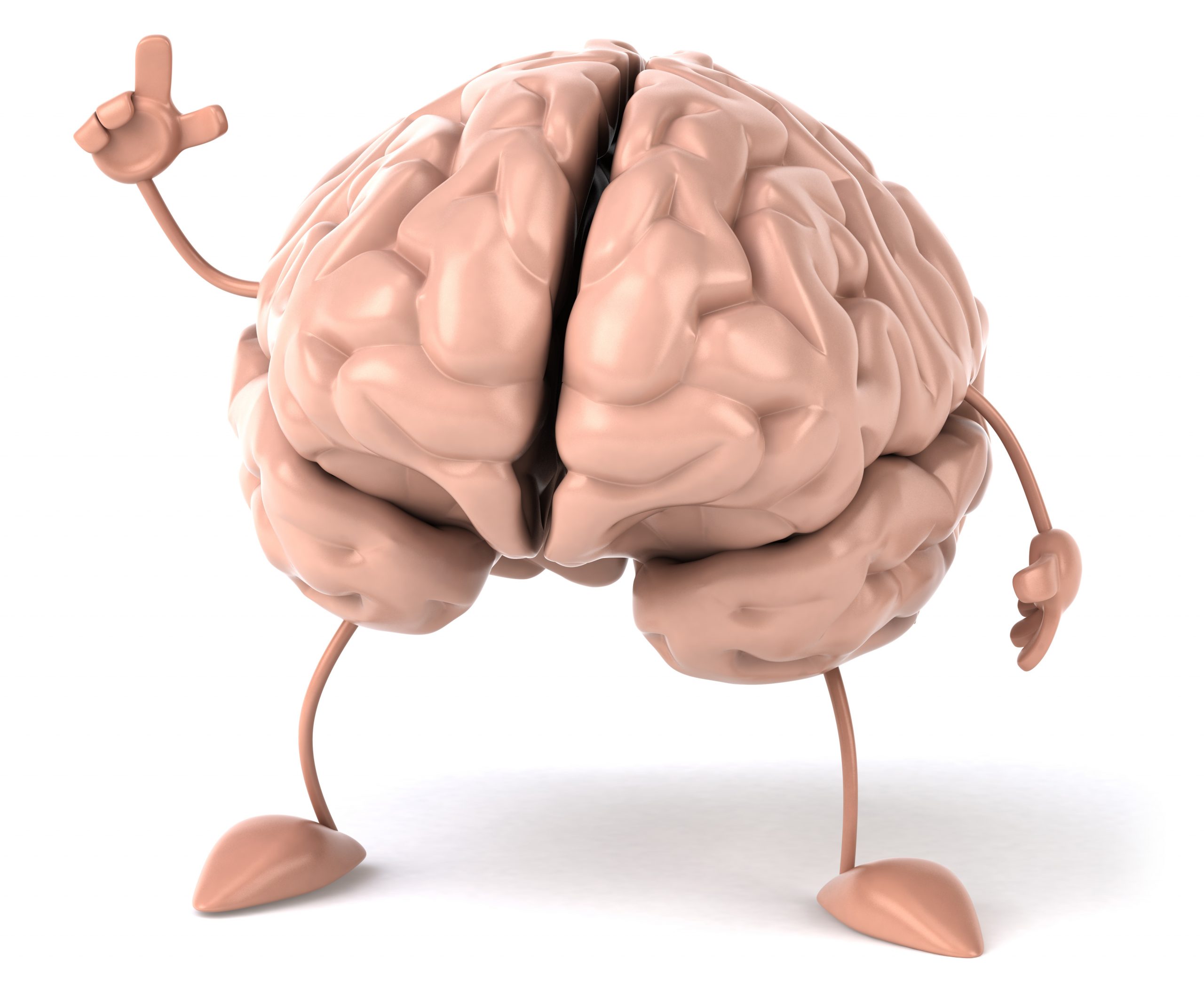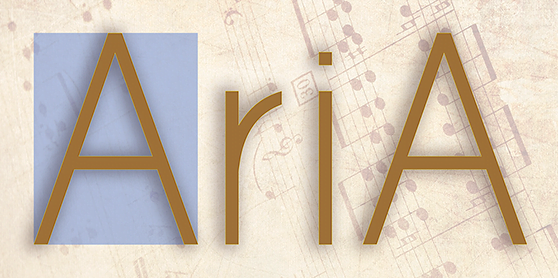Человеческий мозг – это командный центр нашего организма: он позволяет выполнять все наши повседневные дела, такие как чтение, решение математической задачи, разговор с друзьями… Короче говоря, будь то простые или сложные действия, он делает возможным их выполнение! Итак, Наш мозг и удивительные факты о нём!
Although the brain is an organ that has been studied for a very long time, because of its incredibly complex structure, scientists know of only a few of its capabilities.
The human brain weighs about 1.5 kg and is made up of 100 billion cells called neurons.
This mysterious organ is made up of several structures, including
Telencephalon: is the bulkiest part of the brain and looks like - a wrinkled and jelly-like mass. It is divided into two halves: the right half, which controls the left side of the body, and the left half, which controls the right side of the body (see? The brain is a strange thing). It can also be divided into lobes, each with a different function: frontal, temporal, parietal and occipital.
Cerebellum: is a "mini" brain in the shape of a nut shell, located in the lower part of the telencephalon.
The brain stem: It has the appearance of a real tree trunk with the crown represented by the previous two structures.
Now that we know the protagonist of the article a little better, let's discover together the 10 incredible yet ordinary things it allows us to do, daily, hourly, every second.

Our brain and amazing facts about it, examples...
Thinking.
At this very moment, you are thinking about something. At every moment of the day, for example when choosing which ice cream to eat, when studying or doing what you love, your brain is thinking. But how does it do that? The nervous system is programmed to constantly receive information, both from the external environment (e.g. noise) and the internal environment (e.g. our heart rate). When we receive a signal from the outside, thousands of nerve pathways are activated, which run throughout the body, all the way to the brain. It is when this signal reaches the cerebral cortex that we become aware of this information and therefore begin to think about it.
Let's keep it simple: imagine you are walking down the street, and at some point, your friend shouts your name across the street: the sound will be heard by your ears, which will send information to various points in your brain, including your cerebral cortex; at that moment you realise that you have been called out, turn around and greet your friend. It seems like a long process, but everything happens within milliseconds! If your brain is even a few seconds late in analysing the situation, it will not be a very pleasant situation for you. For example, you will want to stand up but will not be able to or take a few steps, your legs will simply not obey.
Memories.
Memory resides in the hippocampus, which gets its name from the fact that it is shaped like a seahorse, the scientific name for which is the hippocampus. Memory can be divided into short-term and long-term memory. During our lives we store millions and millions of pieces of information, and as it is pointless to remember them all, they are constantly filtered out. For example, you can certainly say what you had for dinner last night, but can you remember what dinner was like on June 25, 2018? No? Nevertheless, the brain stores all the information securely and when the right situation arises, the brain "pulls out" the very memory that will correspond to the moment that has arrived.
The conversation.
Every day we think and speak in one language that we know perfectly. This is provided by the frontal lobes (there are two, one on the right and one on the left), which are responsible for language recognition and our movements.
Suppose you want to tell your neighbour the plot of a film: But, first your hippocampus should have ensured that the most important scenes are memorised, then the thought and logical structure of speech will already be built and finally instructions for the mouth will be sent, for the articulation of words. It all seems very complicated, but more often than not it comes to us by itself (except for the syllables, they are difficult!).
Recognising the faces of our acquaintances.
Every day, at school, on the street, at work or in the supermarket, we see hundreds and thousands of people, each with their own unique characteristics. Nevertheless, we can easily recognise people we know, friends and parents. This ability is provided by the temporal lobes and is very important. If it were not for this ability, we would be having dinner and going to bed with complete strangers every night instead of our family members!
Regulating emotions.
Every act or action triggers a multitude of emotions. All of these are not created by the heart, as our ancestors thought, but by the brain. In particular, emotions such as happiness or sadness are regulated by the frontal lobes, while heavier emotions such as fear or anger are generated by the amygdala, an almond-shaped structure located in the temporal lobe.
Reading.
Whether it's a chapter in a book, an Instagram post or a street sign, we humans read every day. In fact, you are doing it right now by reading this post: your eyes look at the signs, i.e. the letters, and your brain interprets them.
The image seen with the eyes enters the optic nerve and then through nerve pathways into the occipital lobes, where the visual cortex is located, where images are processed and interpreted.
It sounds very simple, but it's actually a process that involves multiple structures, including language and memory (otherwise it wouldn't be so difficult to learn foreign languages!).
The ability to maintain balance.
When you walk, jump or run, you keep your balance, and this is provided by the cerebellum (remember? Nut-shaped 'mini-brain'!), which has the function of coordinating movement, balance and posture.
Recognising the functions of objects
A notebook is a set of sheets of paper that are used for writing. This is obvious to us because we know the function of the notepad. Recognising different objects and their functions is an ability that the parietal lobes provide. Thanks to them, we don't use a fork to write in a notebook or a pen to eat pasta!
Breathing.
Yes, although the lungs are the organs of oxygen exchange, the real controller of breathing is the brain! In fact, our breathing is regulated by respiratory centres, which are located in the brain stem. If there is any small malfunction in this area of the brain... we can't breathe.
Sleep
To function at its best, our bodies need sleep. While we sleep, our body is on standby, but our brain remains active, performing various activities, including strengthening our memory. During sleep, the most useful memories are completed and the useless ones ones eliminated.



 and then
and then 

а в жизни, каждый день, всё кажется обычным и привычным). оказывается мы имеем полный набор для отсуцтвия какого бы то ни было недостатка или физического дискомфорта. особенно понравилась функция распрзнания лиц👍😄
Люди, берегите свой мозг, вон сколько полезных действий он совершает. Хотя многие живут без мозгов и вроде счастливы:)